|
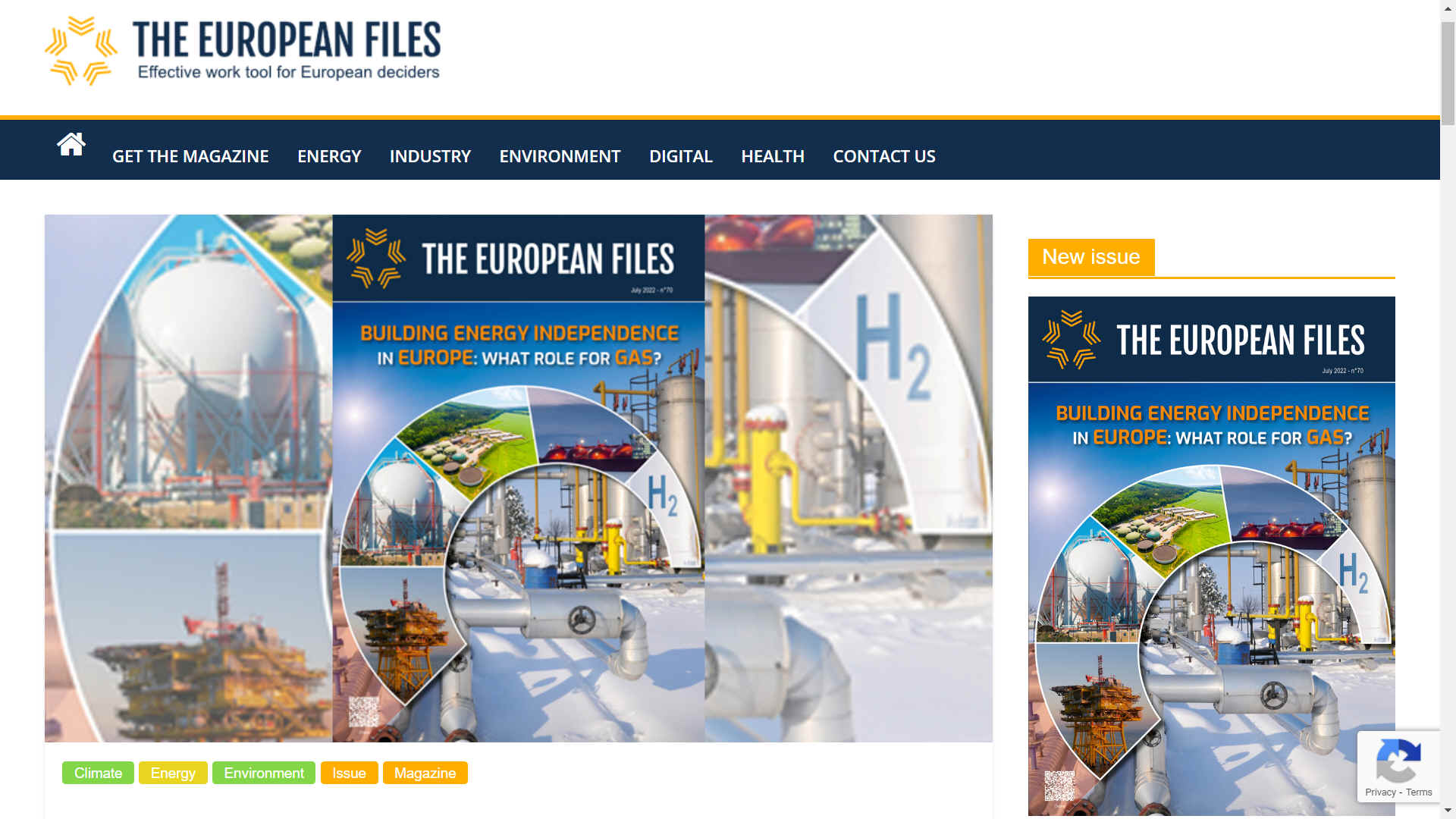
There is an abundance
of clean, renewable, wind and solar energy that can produce green hydrogen and
electricity to charge vehicle batteries and power our homes and factories, but there is no
infrastructure to support the transition to renewable clean energy.
Electricity
is the most convenient way of transmitting clean, alternative
energy, from the point of origin (conversion from natural harvesting) to
the end user. But until now, the developed world has been relying of dirty
fuels, out of sheer complacency and unwillingness to change from their
political comfort zones.
The new geopolitical realities with Russia’s invasion of Ukraine and the subsequent rise in hydrocarbon prices have highlighted the urgency of Europe’s
energy
security. Revealing that the situation was far from comfortable. Indeed,
most uncomfortable, save for the convenience of coal, gas and oil. And the
hands in the pockets of the giant deniers of climate change. With $2.8
billion dollars a day at stake, for party political contributions.
Today, gas represents about 25% of the total energy consumption in the EU, and to make
Europe less dependent on
fossil fuels, it is necessary to break the system of dependence on supplies, in particular that of Russia, which has provided 45% of
the EU's gas needs in 2021. And is still supplying China
in 2024. The international situation is forcing countries
to invest in their own capacities in order not to depend exclusively on external suppliers.
With the Fit for 55 package and the RepowerEU plan published in May by their
Commission, the
European Union wants to accelerate the energy transition by increasing the target of 45% of
renewable energy by 2030. This strategy aims essentially to bring about a systemic change in the way
states produce, consume and store
energy, such as the deployment of renewables in the electricity grid for industry, buildings and transport in order to strengthen its energy autonomy and stimulate investment.
Electricity currently accounts for only 20% of total energy demand in the EU, with heating playing a major role in terms of demand with 70% of our gas consumption. So how can we change the role of gas in the European energy system? A good solution would be to take the role of biogas and
hydrogen to balance the electricity grid and district heating to be a direct source when electrification is not technically or economically the best solution.
To strengthen their arsenal, the Commission has published two delegated acts on the definition and production of renewable
hydrogen that underline the importance of hydrogen in the future energy system.
Other initiatives are being implemented such as an action plan on biomethane with the creation of a new industrial alliance to increase production, the creation of new LNG terminals, gas interconnection projects.
The deployment of interconnected infrastructures, compatible with different gases
(hydrogen and gas) also remains a priority for energy development in Europe to accelerate carbon neutrality. A new energy diplomacy is also necessary to diversify our supplies with the upcoming creation of a new energy platform for the EU which will allow the joint purchase of gas, LNG and
hydrogen.
In this special issue, the different speakers alert us that Europe is at the crossroads of
climate emergency and energy insecurity and that it is more than necessary to reassess and adjust the role of gas, renewable energies and other energy sources in the future European energy mix. It is important to reiterate that energy efficiency and energy savings remain an imperative for security of supply and that this requires changes in individual behavior and efficiency in our energy consumption.
In this edition you will see the vision of the speakers about this whole situation. Most of them try to show that Europe should not invest in a new
fossil fuel dependency with another country, but rather create new alliances and above all develop new alternative energy sources and regain its energy sovereignty while accelerating its climate transition.
The
UK
saw 51% of electricity generated by renewables in March of 2024.
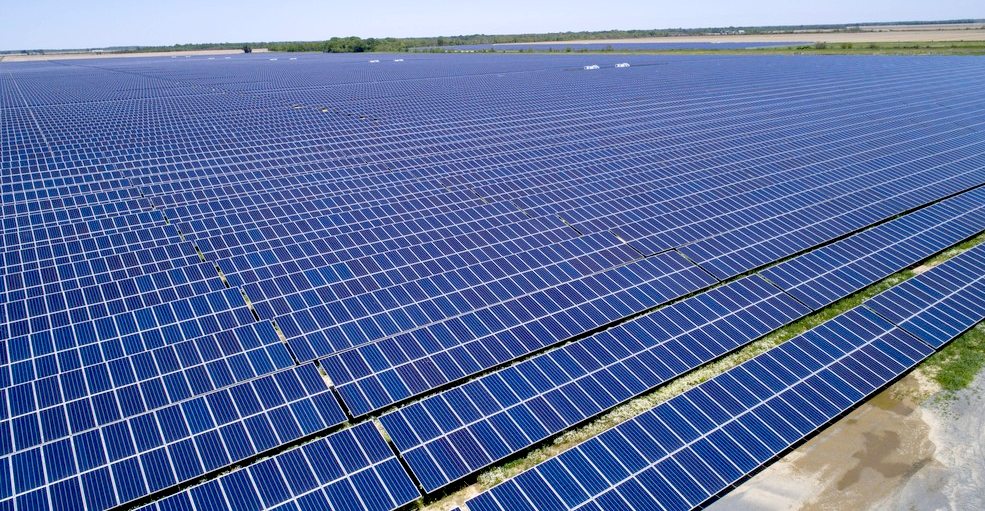
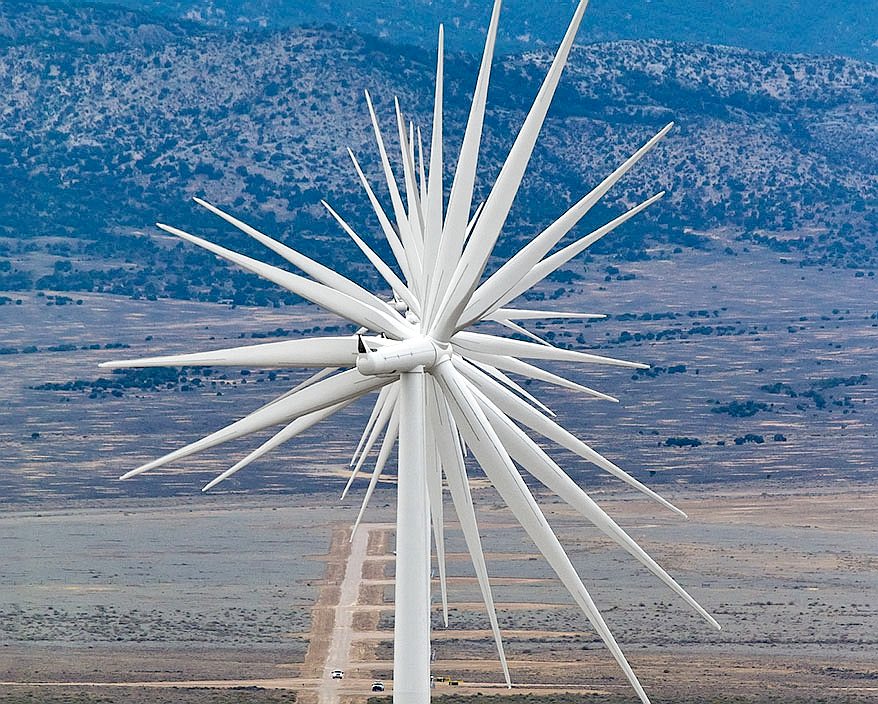
LONG
TERM SECURITY
In the short
term we are reliant on fossil
fuels for as long as it takes us to move into a
sustainable age with a truly circular economy for harmonious
living. Long-term measures
to increase energy
security center on reducing dependence on any one
source of imported energy, increasing the number of suppliers of renewable
energy resources, and reducing overall demand through
energy conservation measures.
We
might also enter into international agreements to undermine fossil fuel energy trading
monopolies and assure that everyone has the right to cheap and clean
renewable energy,
as per United
Nations SDG
7.
ELECTRIC
VEHICLES
If
we want a practical EV infrastructure solution by 2050 starting within the
next 10-15 years to meet the 2030 transition, to 2035 zero emission targets
of most countries party to the Paris Accord, we need
to make the most of electricity and our distribution networks for load
levelling of renewable solar and wind generated
electricity.
But in the UK, other European countries, and in the USA, they were going
backwards by doing nothing, until Vladimir Putin put energy independence in
the spotlight.
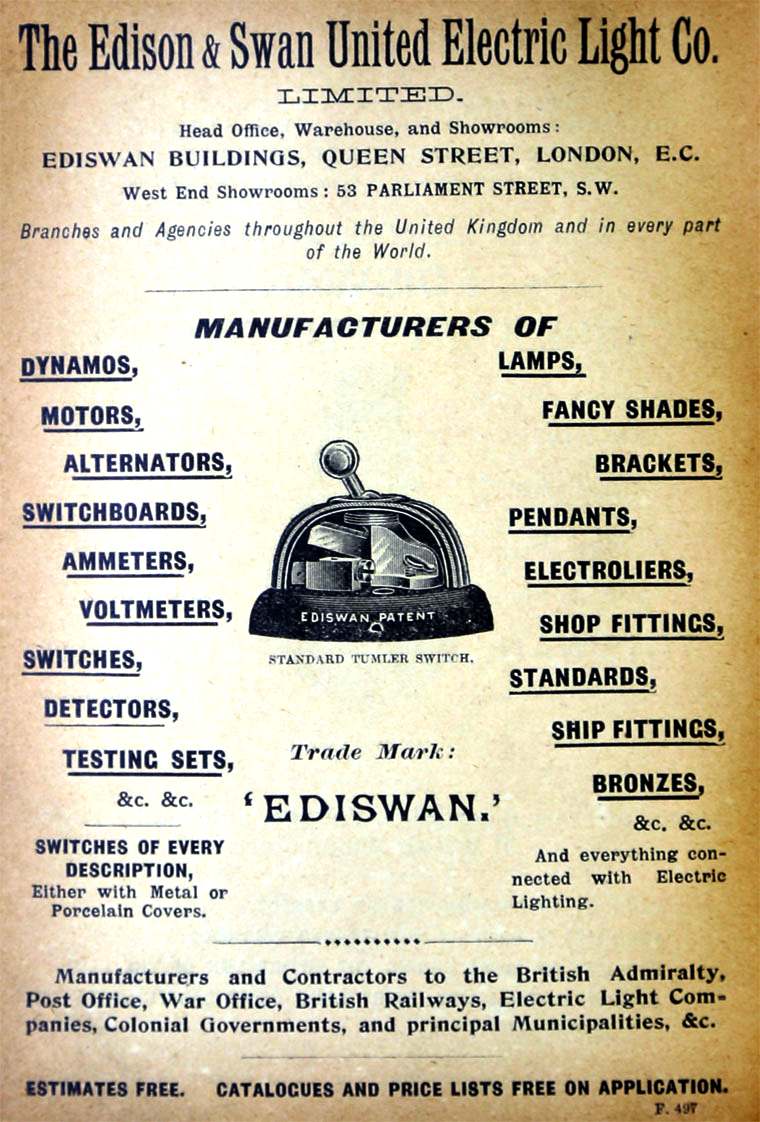
SWITCHES
& BULBS - Where would we be without electric lighting. A battle
royal ensued in the law courts and Thomas Edison and
Joseph Swan slogged it
out in the London High Court, ending with the combatants working together as
the Edison & Swan United Electric
Light Co.
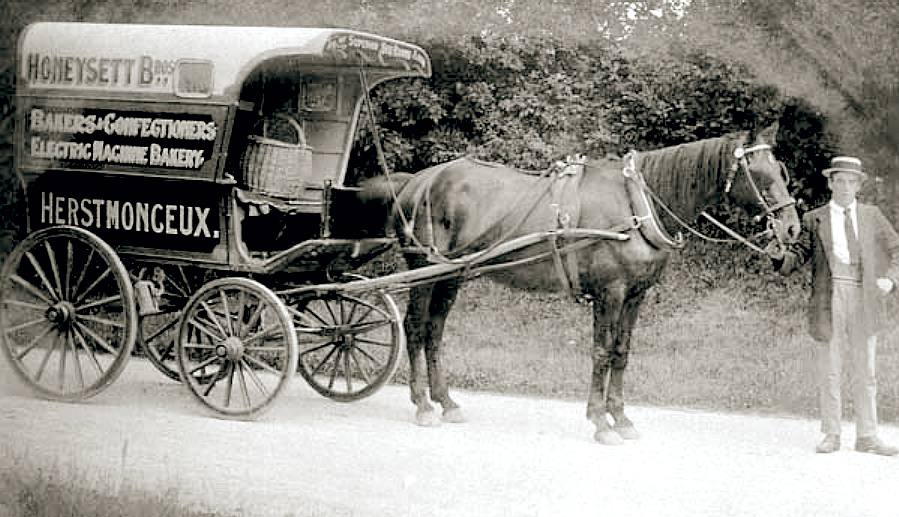
ELECTRIC
BAKERY - The earliest surviving generating station, dating from C. 1900,
with battery based load levelling as the core technology, coupled to a 110
volt DC generator, is in the little village of Herstmonceux,
Sussex.
Please
use our A-Z
INDEX to navigate this site
This
website is provided on a free basis to
promote zero emission transport from renewable energy in Europe and Internationally.
Copyright ©
Universal Smart Batteries and Climate Change Trust 2024. Solar
Studios, BN271RF, United Kingdom.
|




